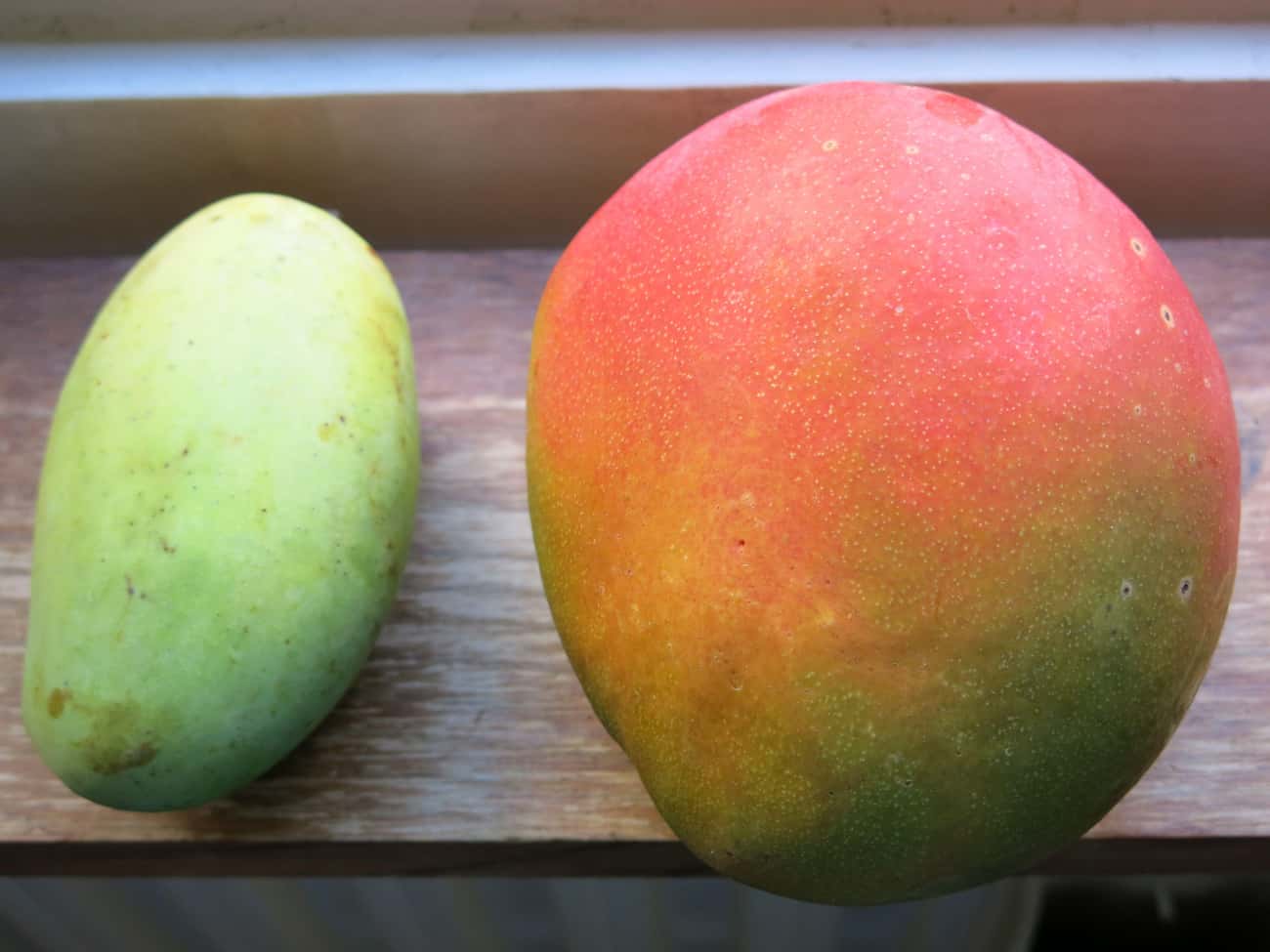Human activity is altering the world, including the lives of animals, plants, fruits, and vegetables. Our rapid growth, population rate, and technology have unintentionally changed the planet. Fruits and vegetables have been drastically transformed from their original forms due to human intervention, resulting in the development of modern crops with desirable genes for taste, looks, and disease resistance. Genetic modification has also played a role in enhancing the quality and quantity of produce. Despite the changes, we can appreciate the flavors and diversity of the fruits and vegetables we enjoy today.
Mangoes

The mango, first harvested in India over 4,000 years ago, has since spread throughout the tropics and warm subtropics, with different effects on its genetic structure and diversity depending on its migration direction. The mango’s journey westward through Africa and on to the Americas experienced population bottlenecks, limiting the genetic diversity that reached the New World.
In contrast, eastward expansion into Southeast Asia brought the mango into contact with numerous other Mangifera species, promoting genetic diversity. Human intervention has altered the mango’s size, shape, and taste, resulting in a supersized fruit with delicious juice that drips down one’s chin with every bite. (Ranker)
